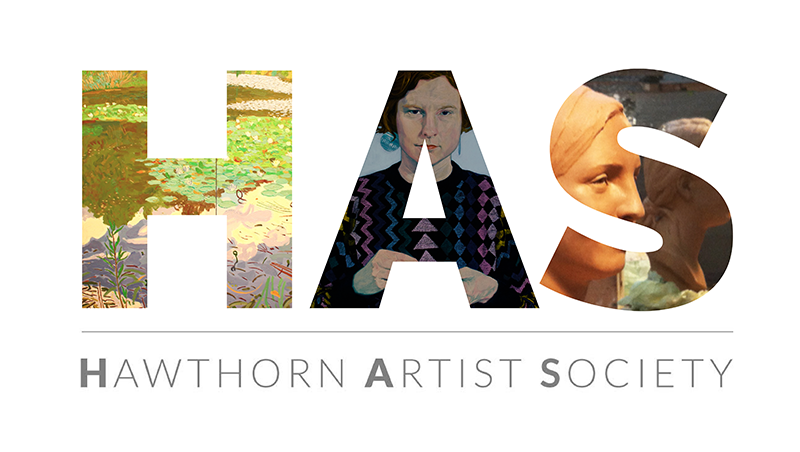Contributed by: Nell Frysteen and Kirk Winter
Over the years I have been involved with painting, I have heard many opinions concerning the use of solvents or turpentines for either diluting the medium used or for cleaning brushes. As I am now becoming increasingly aware of health issues concerning what was once considered “safe” products I decided to do some research.
I referred to “The Artist’s Complete Health And Safety Guide” by Monona Rossol. As this was written to comply with Canadian and USA right to know laws, I felt that the research would have been rigorous and thoroughly tested.
It was actually REALLY shocking to learn some of the dangerous effects that some art materials can have on the artist’s health, with reproductive systems causing birth defects, destruction of brain cells… let alone the explosive or flammable properties that can cause serious accidents. - Neil Frysteen
The section within the book on solvent use had these rules which I have paraphrased here:
- Try to find replacements such as water based products if possible
- Use the least toxic product possible
- Collect Material Safety Data sheets and display them where all users can refer to them.
- Avoid breathing vapours. Work in a well ventilated space and have SEALED containers for rags and cleaning materials.
- Avoid skin contact. If you need to touch any solvents use protective gloves or barrier creams.
- Protect eyes from solvents if there is a chance of splashing or spillage. Protective goggles and eye wash products should be on hand.
- Protect against fire or explosion. No naked flames or sparks, fire extinguishers suitable for the solvents in use to be at hand.
- Dispose of solvents with regard to environmental issues and other health concerns. They are DEFINITELY not to be put down the sink or into water drains.
- From the listings of all the solvents that would be appropriate for oil painting, 2 are the least dangerous/toxic. This opinion is based on effects of odour, the evaporative rate, the flash point and any specific toxic effects.
- Citrus oil or citrus turpentine is recommended as it has a very slow evaporative rate. It is toxic to rats but is safer than turpentine. Turpentine can cause allergies eg. Dermatitis, asthma, kidney and bladder damage.
- The other substitute for turpentine is odourless solvent.
Both of the products mentioned above are much more expensive than turps.
My solution is to decant the used solvent into sealed containers and allow the solid pigments to settle to the bottom. Once the clear solvent is settled I then pour the usable solvent into new containers. Note that there can be some staining of the solvent due to some pigments which are dye based but this seems to have little effect on cleaning brushes.
We hope this information and the following table is of use to you all. Happy painting.
